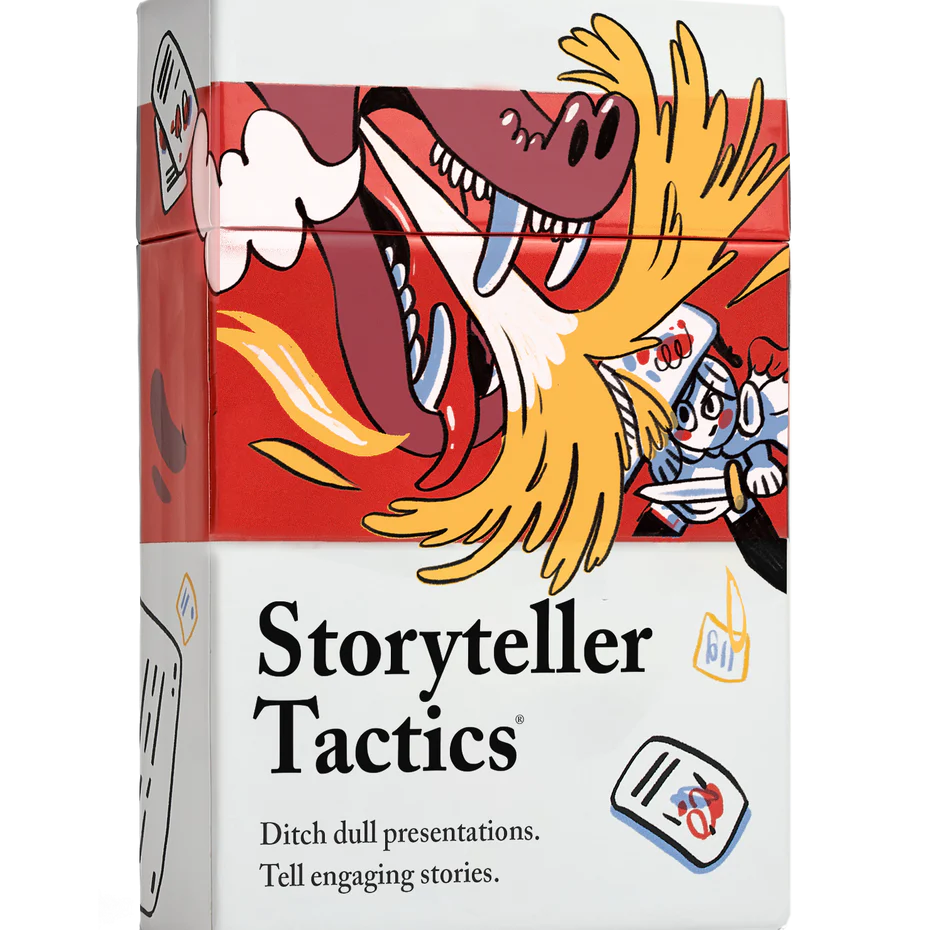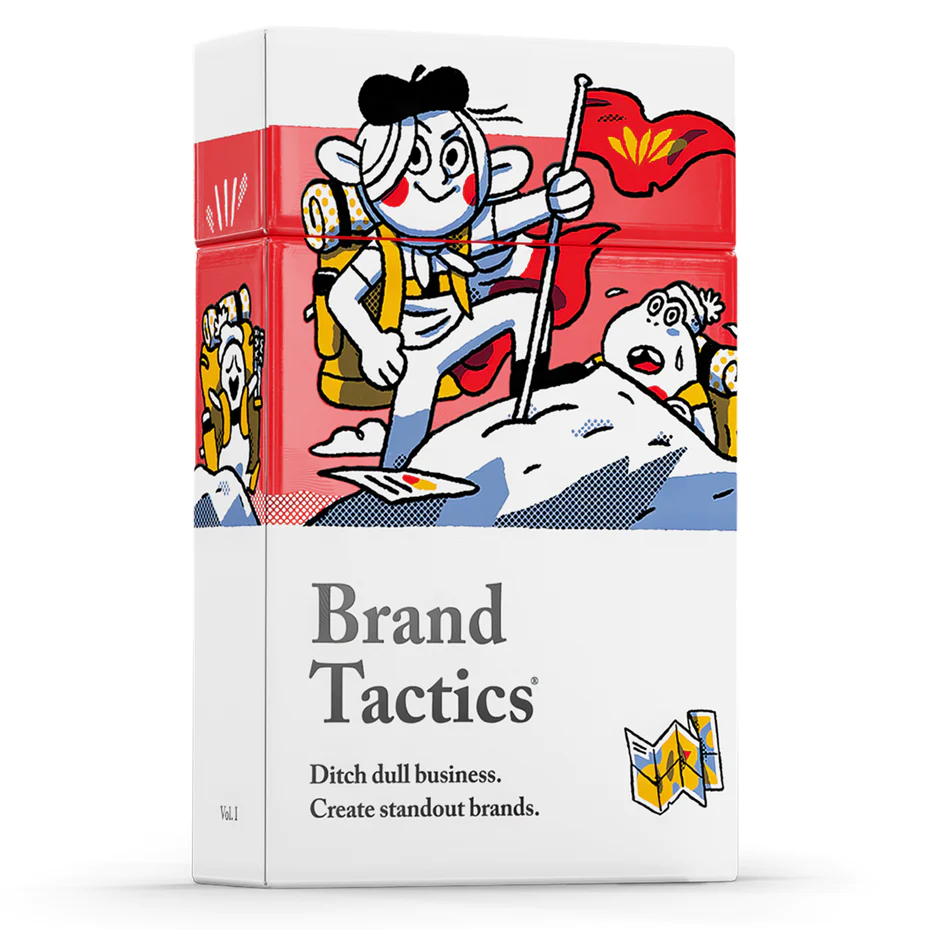Create Messaging Templates For Marketing
These templates help you create an outcome-based story Using Pip Decks Storyteller Tactics.The other day I was participating in conversations in the Pip Decks Slack, and a new Storyteller Tactics customer had an interesting question. “How should I use the tactics and cards daily for my business brand and how could I apply this to my clients? I run a marketing agency if that helps.”
I love that question because it’s really about using stories to work toward outcomes. As a former department director of Design Management and Design Research programs, outcome based activities are the name of the game. Whenever you need to reach an outcome, list the outcome, then break it down into objectives.
Read the article on outcome-based curriculum here.
Are you new to Storyteller Tactics by Pip Decks? Read our review of the storytelling system and get 15% off your purchase!
How do we work with Pip Decks to create messaging templates for marketing within an outcome-oriented framework?
The cards are all about choice. On first pass, we are encouraged to “pick a card, any card.” Like a magic trick or a Tarot reading, there’s often a way to associate any of the cards to our situation.
If you draw out “Man in a hole,” we can all generally come up with some ways in which we feel stuck in our situation. “Rags to Riches?” most people buying the Storyteller Tactics are trying to pitch, sell, or motivate others to create better outcomes, both financially and personally. “Emotional Dashboard?” As humans we have emotions as we go through experiences. They are a tool humans use in judging where we are at and where we want to go.
So we know that randomizing the cards will bring up something. Get stuck on one card? Just move to another.
We also see there are recipe cards – some story tools are better for selling or motivating. That helps us put story approaches into various buckets… but what about when you want to use stories to reach an outcome?
In marketing, we have numerous templates that we use for mission and vision statements, positioning statements, brand pillars and more. Here’s a common framework for a positioning statement:
For __(target)____, ____(brand)_____ is the __(category)__ that is the __(point of difference)___ so they can ___(end benefit)___ because __(reason to believe)__.
What the framework allows is for businesses to see their brand and product in terms of differentiation, outcomes, and emotion. When you read out the statement, you can hear if it makes sense. What if we put the competitor’s name in instead of our own? It can become clear rather quickly whether your position is real or imagined, and it sets out the work brands need to do if they are truly to differentiate themselves.
One of the challenges brands face is that they can do a lot in terms of product and brand differentiation, but not be able to turn it into a story. So how can we use this kind of outcome-based template with storytelling and in particular the Pip Decks modular approach to building a story?
Let’s create messaging templates for marketing our business that we can also use with clients
Here’s something I came up with:
“I want to connect with __(audience)__ [use the audience profile card] by connecting with their propensity to __(character or behavior traits)___ [the archetypes deck can help here] by telling a story that ___ (connects, teaches, motivates, sells etc)___ [choose the corresponding recipe cards] that results in __________ (awareness, knowledge, skill, attitude change, belief change, behavior change).”
The conclusion comes out of consumer behavior. It’s an expandable list of the types of outcomes your marketing efforts may have on the customer through your work.
Selecting and targeting messaging outcomes
One of the greatest challenges for marketing firms is that clients come to them with challenges like, “product A isn’t selling enough. Can you make it fly off the shelf and how much will that cost?” The reality is that buying is only one behavior that can occur, and it’s influenced by other factors like the customer’s existing attitudes, beliefs and behaviors.
Here’s another simple messaging template for marketing built around product trial:
“I am willing to try ___(brand)’s____ __(product)__ because I am ___(a Man in a Hole)__(living in rags seeking riches)___ (experienced pride and fall with the competitor)__(fighting dragons while building my city)___…”
Draw on the consumer’s current scenario to add the story cards that make the most sense, then flesh out the story for content and advertising.
Want to learn more about building brand-based communications? Take my class!
Ready to Learn More?
Match your brand platform with your brand communications frameworks to create impactful stories by taking my class: Brand Building to Create a Big Impact.
Stay Connected with Murdock Media Production!
If you like this content, subscribe to our YouTube channel for more on teaching, story development, brand storytelling, and brand archetypes.
Drop me a line with the form below to let me know how your training program is going. I look forward to seeing how you develop your audience on your own unique teaching journey.




